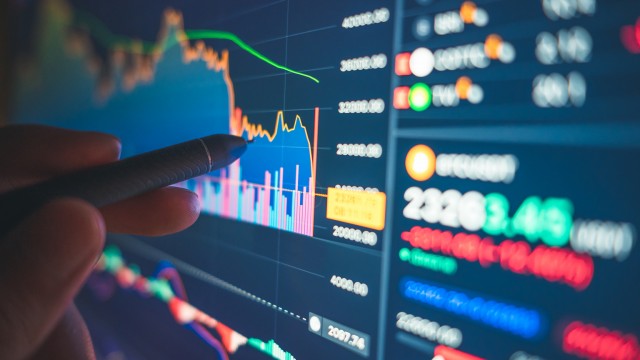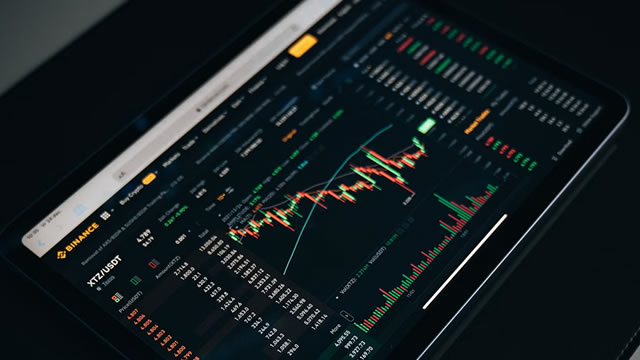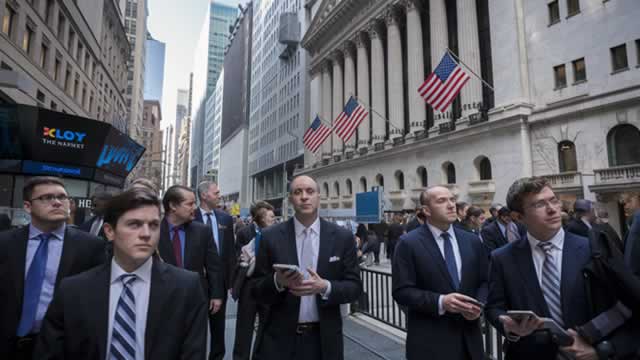Inflation Lower than Expected: What Does This Mean for the Federal Reserve?
Understanding the Impact of Lower Inflation on the Federal Reserve’s Rate Hikes
Recently, inflation rates came in lower than expected, leading many economists to believe that the Federal Reserve’s series of rate hikes may be coming to an end sooner than anticipated. The Federal Reserve has been gradually increasing interest rates since March 2022 in an effort to control inflation and prevent the economy from overheating. However, with inflation numbers falling short of projections, the pace of rate hikes may slow down.
The CME Group’s FedWatch Tool, which analyzes market data to predict Federal Reserve decisions, is now anticipating that the Federal Reserve will only hike the Federal Funds Rate by a quarter point, setting a target range of 5.25-5.50% during its upcoming meeting on 26 July. This more conservative approach indicates that the Federal Reserve is taking the lower inflation numbers into consideration when making its monetary policy decisions.
How Will This Affect Me?
For the average consumer, lower inflation rates may translate to slower increases in prices for goods and services. With the Federal Reserve potentially slowing down its rate hikes, borrowing costs, such as mortgages and car loans, may also stabilize or even decrease slightly. This could make it more affordable for individuals to borrow money for big-ticket purchases or investments.
How Will This Affect the World?
On a global scale, the Federal Reserve’s decisions regarding interest rates have far-reaching implications. A slower pace of rate hikes in the United States could impact international trade and investments. Countries that rely heavily on U.S. imports or exports may see shifts in their economies based on changes in U.S. interest rates. Additionally, global financial markets may experience fluctuations as investors react to the Federal Reserve’s policy adjustments.
Conclusion
In conclusion, lower than expected inflation has prompted the Federal Reserve to potentially slow down its series of rate hikes. This more cautious approach could have varying effects on both individuals and the global economy. As we await the Federal Reserve’s decision on 26 July, it will be important to monitor how these changes unfold and adapt to the evolving financial landscape.





